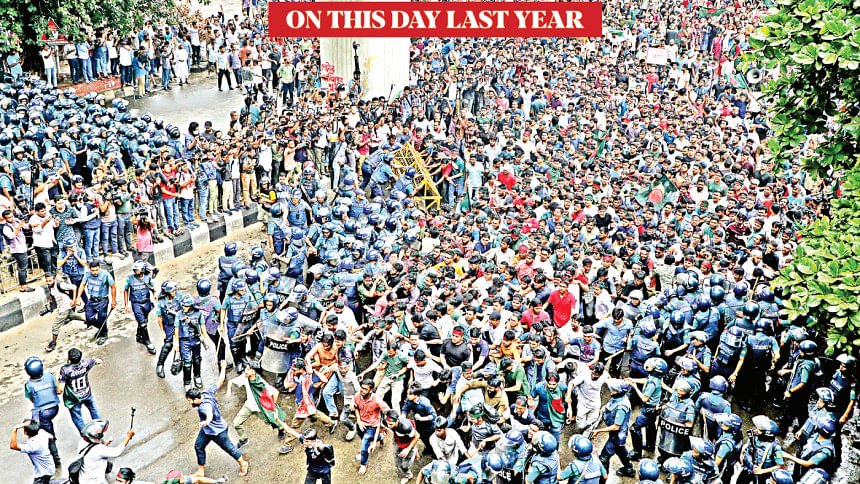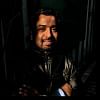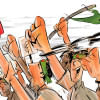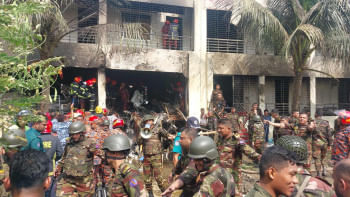July 11, 2024: Blockade turns confrontational

On July 11, 2024, the anti-quota movement entered a new phase of confrontation. Ignoring police warnings and ministers' calls to step back, thousands of protesters defied barricades and took to the streets as part of their "Bangla Blockade." For the first time since the movement began, law enforcement intervened, triggering clashes that left at least 20 students injured in Cumilla and Chattogram.
For 11 consecutive days, students from public universities and colleges, along with job seekers, had been demonstrating peacefully, occupying key intersections, highways, and rail lines across the country. Until this day, police had refrained from disrupting their gatherings. But as the blockade widened, the authorities signalled a tougher stance. The police announced they would take legal action if protesters continued to block roads and cause public suffering, citing a Supreme Court directive to maintain the status quo on the quota issue.
Around the same time, Chhatra League President Saddam Hossain addressed the media at Dhaka University, warning that the organisation was prepared to confront any attempt to use the movement for political gain. Meanwhile, police mobilised additional forces, riot cars, and water cannons, particularly around Shahbagh and other strategic points in Dhaka.
At Shahbagh, thousands of students from Dhaka University breached police barricades around 5:00pm. Law enforcers encircled the crowd near Birdem Hospital, preventing them from advancing further, which led to scuffles and angry chants of "bhua" (fake) directed at the police. The demonstrators held their ground at the intersection.
Another group -- mostly students from Dhaka College and Eden Mohila College -- marched towards Shahbagh but were stopped by police near New Market, where they staged a brief rally vowing to continue their protests. Jagannath University students also joined after breaking the lock on their main gate, marching through Shankhari Bazar and Tantibazar despite multiple police attempts to halt them.
In Cumilla, at least ten students were injured when police charged batons to disperse protesters near the Ansar Camp. Witnesses said the police struck first, and students retaliated by throwing brick chunks. The situation escalated when police fired tear gas, causing further injuries. Fazle Rabbi, director of Cumilla General Hospital, confirmed that six of the injured were treated and released, while the others remained under care.
Clashes also broke out in Chattogram city, where at least five people were injured in two separate confrontations in the Tigerpass and Gate No-2 areas. Police charged batons on demonstrators attempting to defy barricades. Despite the violence, students held their ground, blocking roads until 7:30pm.
The government responded with mixed signals. Home Minister Asaduzzaman Khan warned that the students were crossing the line but expressed hope that they would return to their studies, describing them as "educated and intelligent." Awami League General Secretary Obaidul Quader echoed the call for restraint but cautioned that the government would not tolerate any attempt to use the movement for political anarchy.
The University Grants Commission issued letters to vice-chancellors across the country, urging them to bring students back to classrooms.
Chief Justice Obaidul Hassan also weighed in, stating that the courts were always open to hearing the protesters' demands and advising them to seek remedies through the judicial system rather than the executive.
As the day ended, it became clear that the rift between the streets and the state had deepened. The students held their ground, determined to continue until real legislative action on quota reform was secured. But for the first time since the July uprising began, they faced not only political opposition but also the force of the state's security machinery.

 For all latest news, follow The Daily Star's Google News channel.
For all latest news, follow The Daily Star's Google News channel. 








Comments